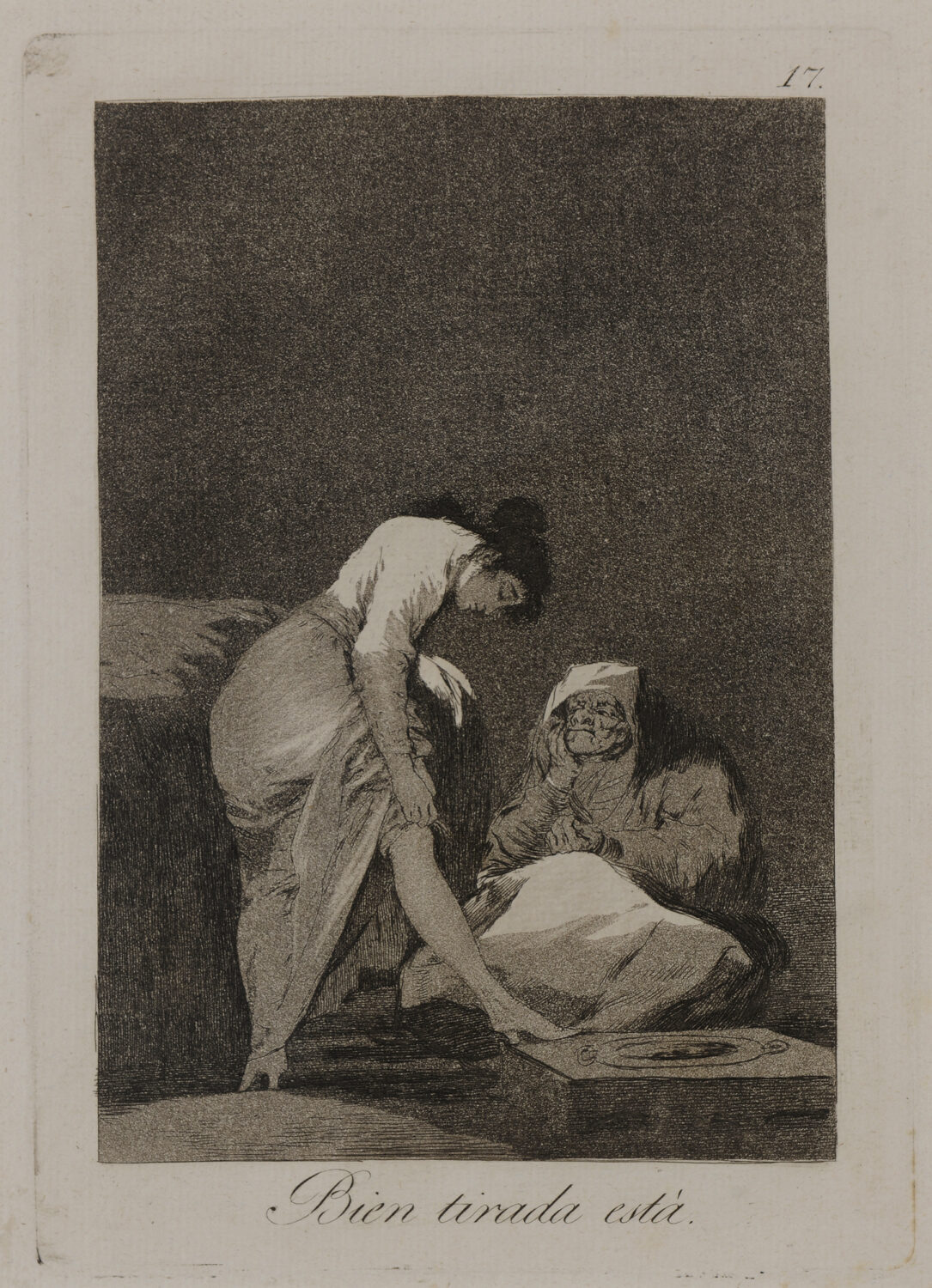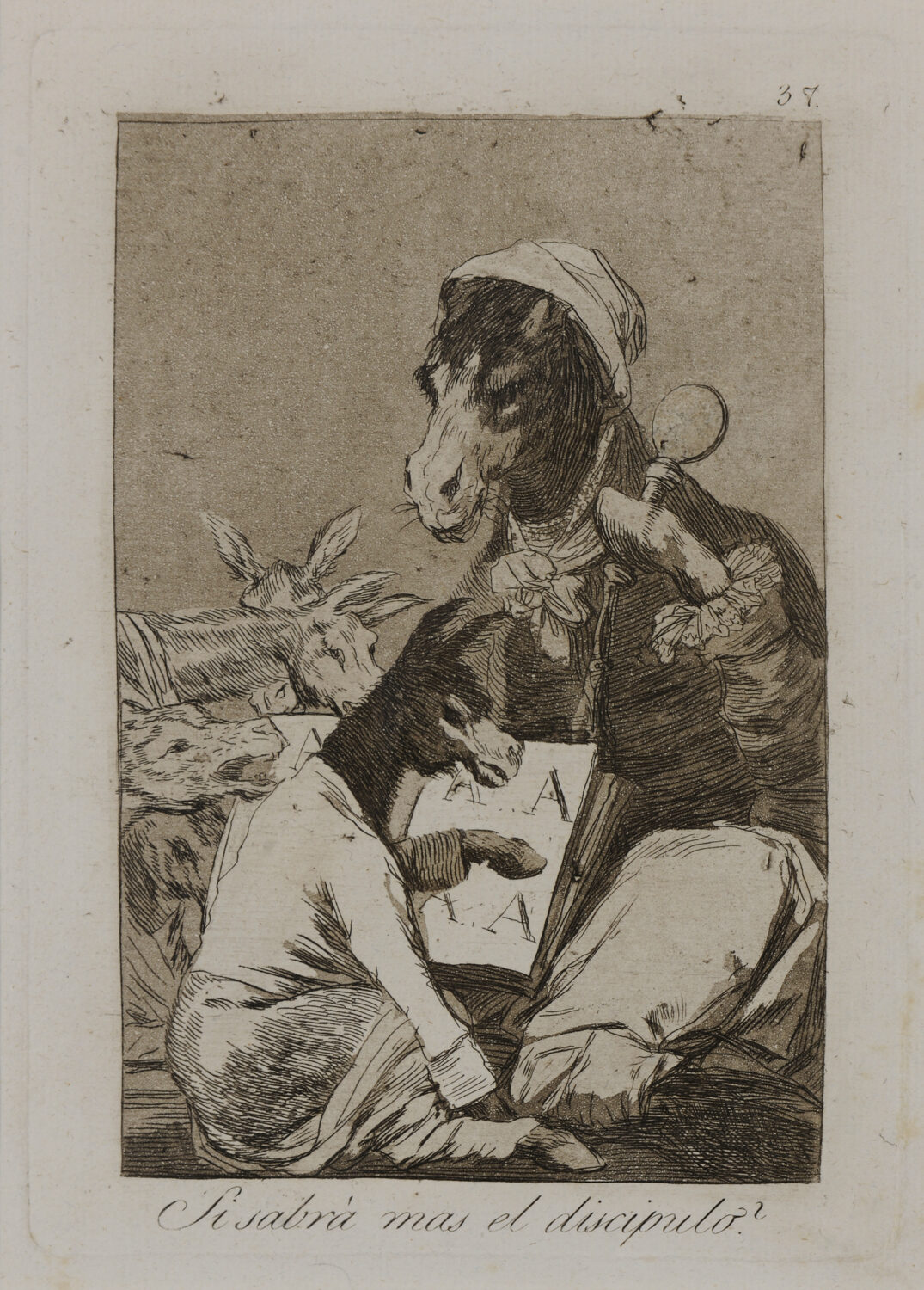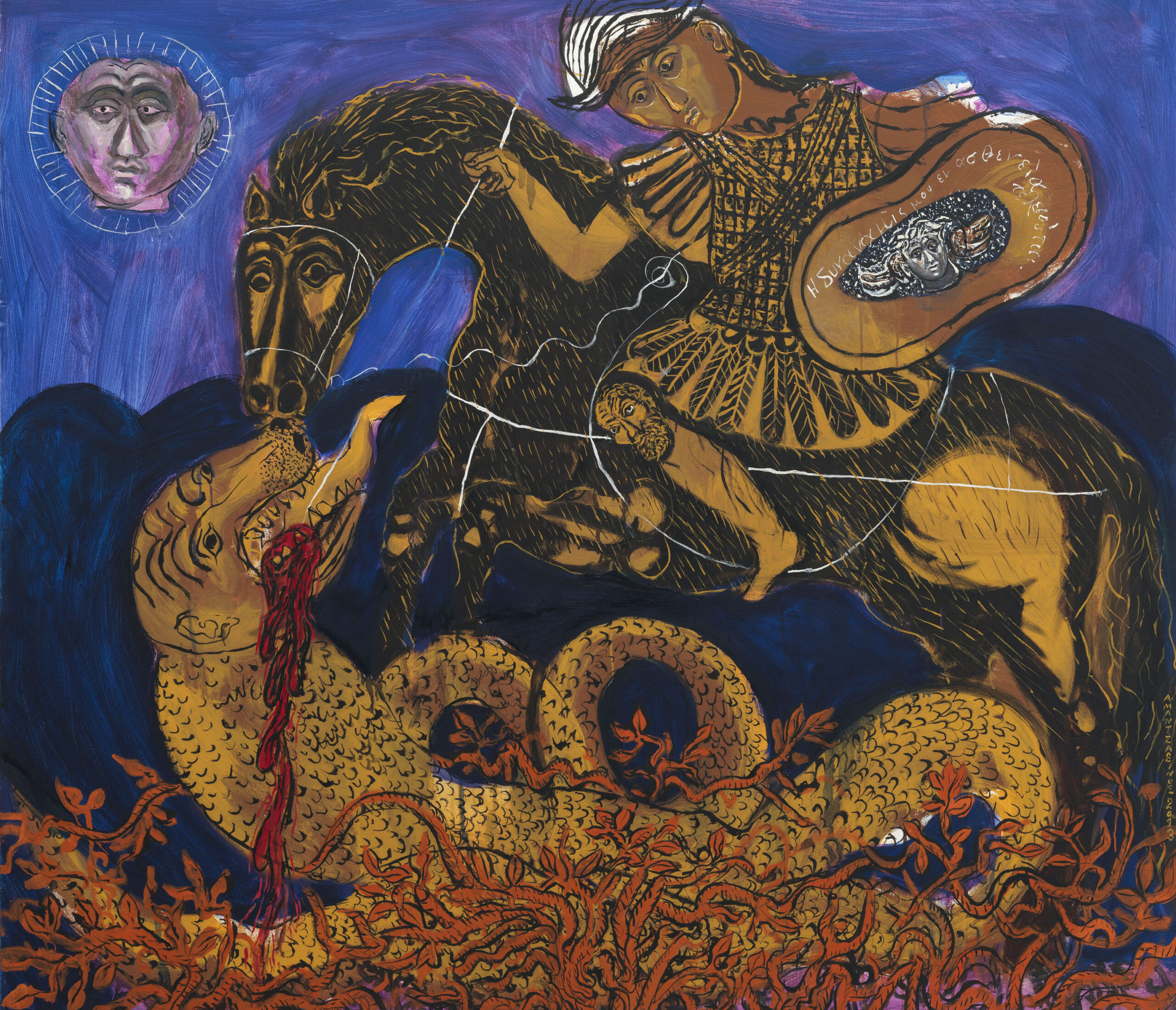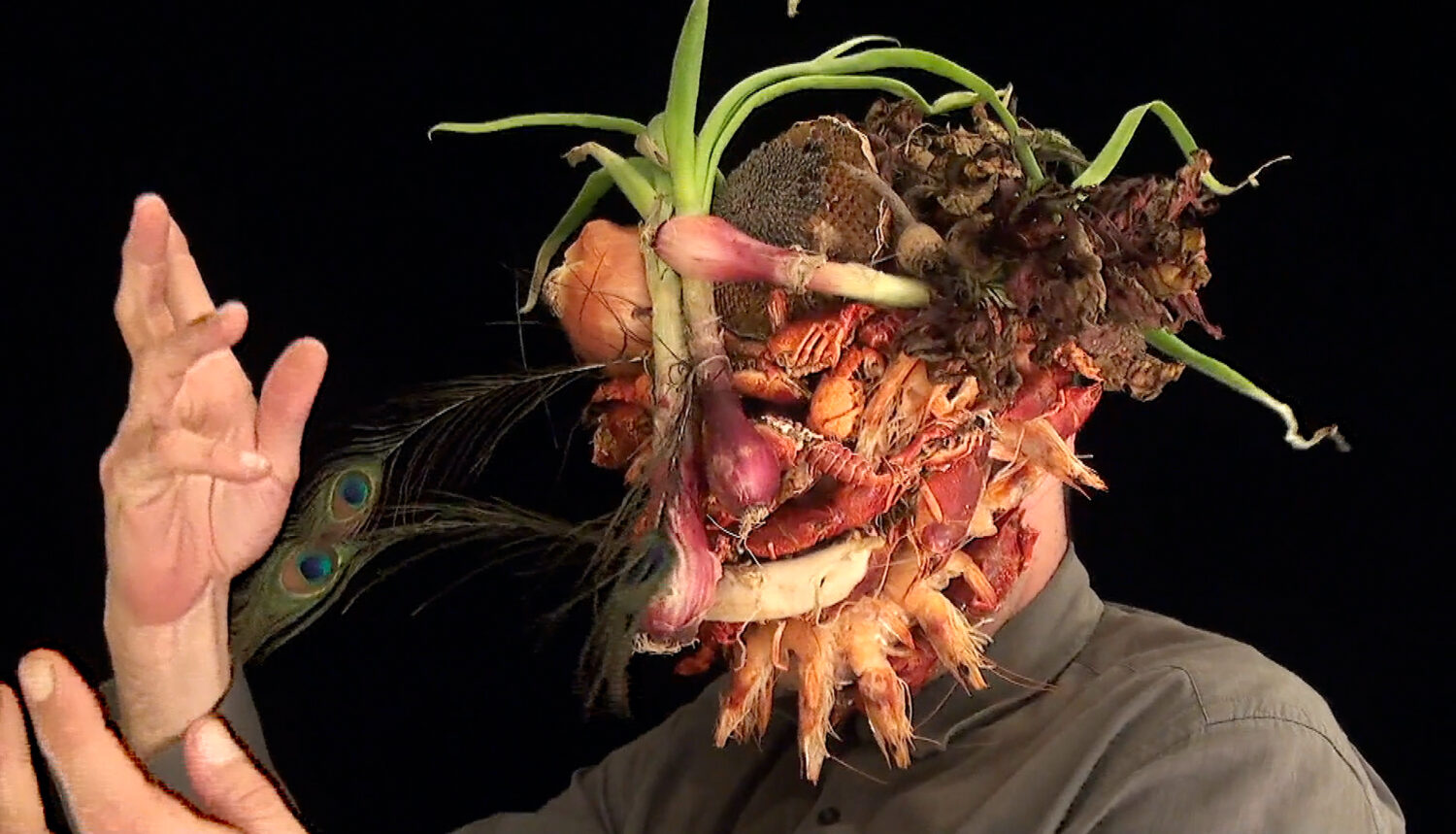Francisco Goya and the Timeless Allure of the Bizarre
By Syrago TsiaraFrancisco José de Goya y Lucientes (1746–1828) remains one of the most pivotal artists of the late 18th and early 19th centuries. The National Gallery – Alexandros Soutos Museum in Athens, Greece, houses all four complete series of Goya’s prints—Los Caprichos, Los Desastres de la Guerra, La Tauromaquia, and Los Disparates (Los Proverbios)—acquired by the Museum in the 1960s. Exploring the Spanish artist’s enduring influence, on the occasion of the National Gallery’s new programme conceived around the display of Goya’s famed Los Caprichos etchings, Director Syrago Tsiara pens a short essay for Something Curated.
Los Caprichos has become one of Francisco Goya’s most iconic series, captivating generations of artists and audiences alike. Its influence spans surrealist visions, the symbolic language of modernism, and imaginative creations across different mediums in contemporary art. From Salvador Dalí, who created his own colourful interpretations of the series, to contemporary filmmakers Guillermo del Toro and Robert Eggers, Goya’s imagery continues to inspire explorations of horror and the uncanny.
The Enduring Legacy of Los Caprichos

Created at the close of the 18th century following a period of serious illness, this series of 80 etchings marks the magnificent flourish of a creative imagination freed from the constraints of patronage. At its most fertile, Goya’s mind revelled in the absurdity of existence. His unrestrained imagination brought to life the dreams, desires, and nightmares of Spanish society.
Inspired by the Enlightenment ideals of reason, progress, and freedom, Goya drew his subjects from the realities of his time, delivering a relentless critique of the darker aspects of late 18th-century Spanish society. He depicted reason’s descent into darkness, populating his prints with witches, governesses, dubious old women, corrupt officials, monstrous horsemen, foolish nobles, and greedy clergy. These characters, both real and invented, parade before us, illustrating human emptiness, vanity, arrogance, ignorance, and superstition with unparalleled breadth and poignancy.

Goya’s etchings stand out for their realistic portrayal of the monstrous, their convincing absurdity, and their compelling grotesqueness. Drawing on the theatricality of carnival traditions and the Commedia dell’Arte, he constructed an unprecedented universe dominated by ambiguity and hybridity, oscillating between the familiar and the uncanny. By blending popular, everyday settings with incongruous, threatening, or puzzling forms, Goya created figures that paradoxically attract rather than repel.
The witches, fools, and demons in Goya’s etchings provoke discomfort but also evoke recognition. In them, we see reflections of our own vanities and hypocrisies. This duality—where terror meets transcendence and satire meets empathy—lies at the heart of the grotesque’s enduring power. By pushing the boundaries of socially permissible depiction, Goya resisted superstition, embracing the weird and the monstrous to expand the field of artistic representation.
Reimagining the Bizarre for Modern Audiences

As Director of the National Gallery, I aim to reimagine our historical collections, presenting them in fresh and dynamic ways that engage modern audiences and spark meaningful conversations. Inspired by Los Caprichos, I have curated The Allure of the Bizarre, a companion exhibition exploring how the uncanny, the hybrid, and the weird continue to fascinate us. Just as Goya critiqued ignorance and corruption in his time, contemporary artists use the grotesque to examine psychological states, power, marginalisation, and the fragility of societal ideals.
This group exhibition features ten older and contemporary Greek artists working in media such as painting, sculpture, video, and performance. By appropriating the odd, the alien, and the repulsive, the artists redefine the boundaries of humanity, blurring the line between the natural and the artificial. They embrace the grotesque not as an escape from reality but as a deeper exploration of it.
Contemporary Greek artists like Angelos Antonopoulos and Marianna Ignataki reflect on tensions between the familiar and alien. Antonopoulos’s hybrid figures explore post-human anxieties, while Ignataki critiques cultural and gendered stereotypes. Like Goya, both artists use the unsettling as a means of revelation. Celia Daskopoulou’s bold abstract portraits delve into alien aspects of the self, resisting societal norms and challenging notions of gender and identity. In the 1960s, Yannis Gaitis depicted hybrid beings that transform between animals, plants, and humans, exposing existential loneliness within a community. Meanwhile, Tasos Mantzavinos channels personal and cultural experiences into vibrant, gestural works that explore childhood fears and existential anxieties, balancing mythological and folk imagery to depict the contradictions of human nature.

The uncanny, the hybrid, and the bizarre have never lost their allure. From ancient myths to religious and folk traditions, humanity has long been fascinated by the fusion of nature, animals, and humans. This fascination extends to modern explorations of dystopian societies and hybrid beings endowed with extraordinary powers.
A striking contemporary example is the work of Yorgos Lanthimos, whose films, such as The Lobster, explore hybridism, human-animal transformations, and the dysfunction of the family. Lanthimos and other filmmakers of the Greek Weird Wave channel the spirit of Goya, using the grotesque to critique societal norms and challenge perceptions.
In a world marked by rapid change and uncertainty, the grotesque feels particularly relevant. It reflects our anxieties about identity, technology, and humanity’s boundaries. As we navigate the blurred lines between human and machine, reality and virtuality, the grotesque offers a framework for understanding these complexities. It provides catharsis, allowing us to confront fears and contradictions in transformative ways.
Francisco Goya – Los Caprichos and The Allure of the Bizarre are on view until September 2025 at the National Gallery – Alexandros Soutos Museum, Athens.
Feature image: Might not the pupil know more?, 1797-98 – Print 1803. By Francisco Goya y Lucientes (Fuendetodos 1746-Bordeaux 1828). From the series Los Caprichos. Courtesy of National Gallery – Alexandros Soutsos Museum